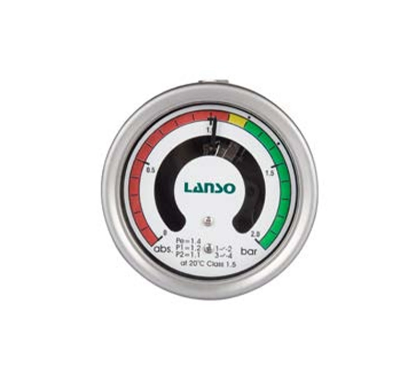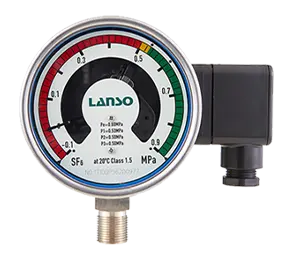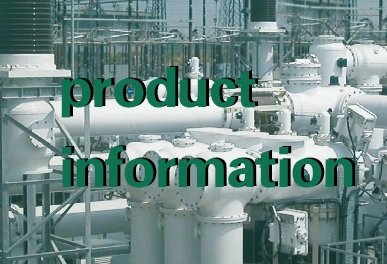Ensuring the Insulation and Arc-quenching Performance of Equipment
The density of SF6 gas is a key parameter that determines its insulation and arc-quenching performance. When leakage occurs and the density of SF6 gas decreases to a certain level, the insulation capability of the equipment significantly declines, and the arc-quenching effect weakens, making it highly susceptible to severe faults such as internal flashover and short circuits. The remote SF6 gas density monitor uses high-precision sensors to monitor changes in gas density in real-time and accurately. When the density value approaches or falls below the preset safety threshold, it immediately issues an alarm, alerting operation and maintenance personnel to handle the situation promptly. This prevents equipment faults caused by insufficient gas density, ensuring the normal insulation and arc-quenching performance of power equipment and maintaining the stable operation of the power system.
Preventing Leaks and Reducing Safety Risks
SF6 gas leakage not only affects equipment performance but also poses numerous safety hazards. On one hand, leaked SF6 gas is a potent greenhouse gas with a very high global warming potential (GWP). Large-scale leakage can cause environmental damage. On the other hand, toxic gases like low-fluorine compounds and sulfides produced from SF6 gas decomposition under the influence of electric arcs can threaten the health of personnel. The remote SF6 gas density monitor can detect minor leaks in a timely manner, helping operation and maintenance personnel accurately pinpoint the leak source and take effective sealing measures to reduce the amount of SF6 gas leakage, thus minimizing the threat to the environment and personnel safety.
Condition Assessment and Aiding Full Lifecycle Management of Equipment
Long-term monitoring and data analysis of SF6 gas density by the remote SF6 gas density monitor provide important bases for assessing the condition of power equipment. Operation and maintenance personnel can draw gas density change curves based on monitoring data to analyze trends in the equipment's sealing performance, predict its service life, and identify potential faults. For example, if the gas density of a particular piece of equipment shows a rapid decline, maintenance plans can be formulated in advance, and equipment downtime for repairs can be scheduled to prevent sudden faults. This data-driven condition assessment method helps achieve full lifecycle management of power equipment, enhance its reliability and utilization, and reduce maintenance costs.

Remote Monitoring Enhancing Intelligent Operation and Maintenance
With the advancement of smart grid construction, the operation and maintenance of power equipment are increasingly moving towards intelligent and remote directions. The remote SF6 gas density monitor supports networking with power monitoring systems, enabling remote data transmission and real-time monitoring. Operation and maintenance personnel can monitor the SF6 gas density state of the equipment at any time through terminal devices at the monitoring center, handling abnormal situations promptly. Furthermore, the monitoring device can integrate and analyze data with other online monitoring equipment, creating a more comprehensive equipment operation status monitoring system, further enhancing the intelligence level and management efficiency of power operation and maintenance.
In the context of the power industry's continuous pursuit of safety, efficiency, and intelligence, the remote SF6 gas density monitor, with its functions of precise monitoring, leak prevention, condition assessment, and remote monitoring, has become a vital support for ensuring the safe and stable operation of power equipment. In the future, with ongoing advancements in sensor technology, IoT technology, and data analysis technology, the remote SF6 gas density monitor will become more intelligent and efficient, playing a greater role in ensuring the reliable operation of power systems.








